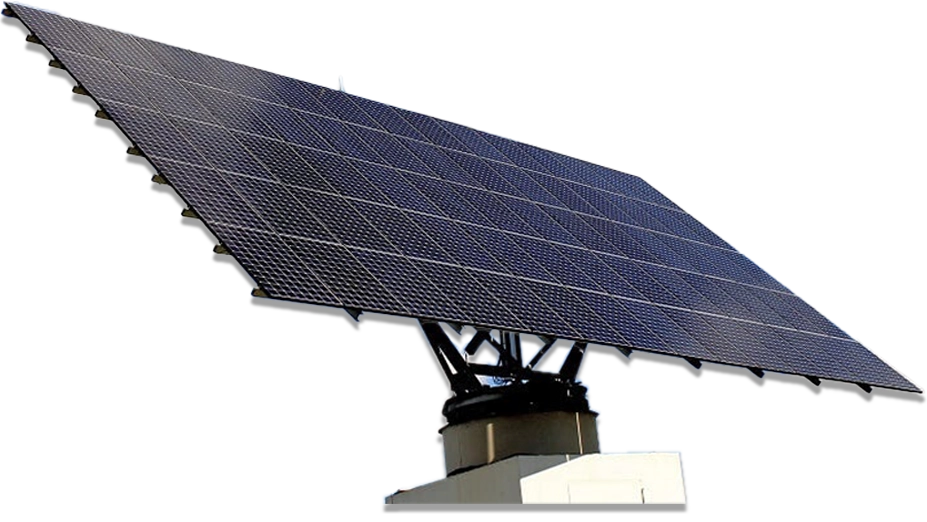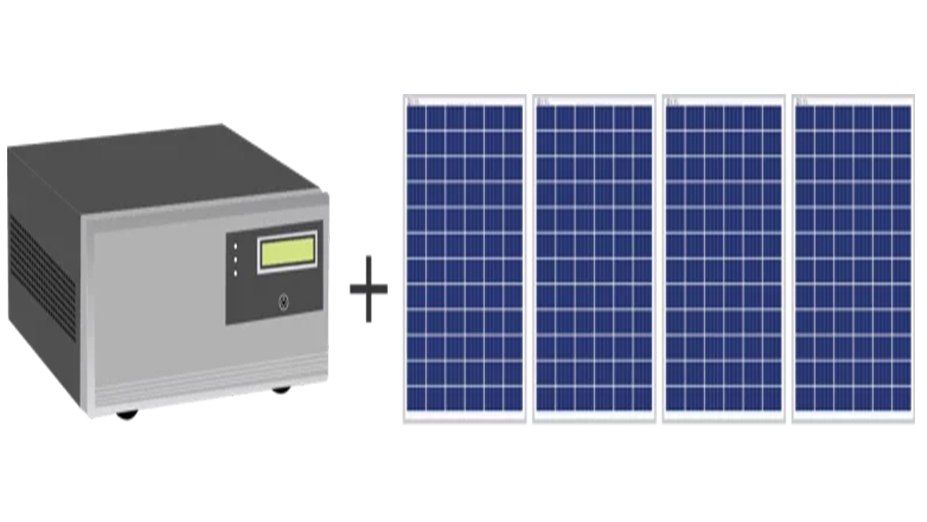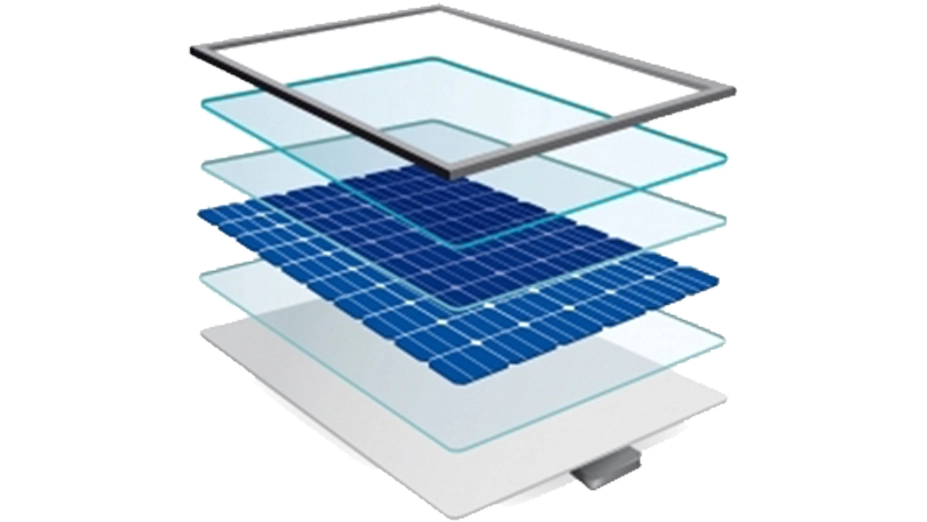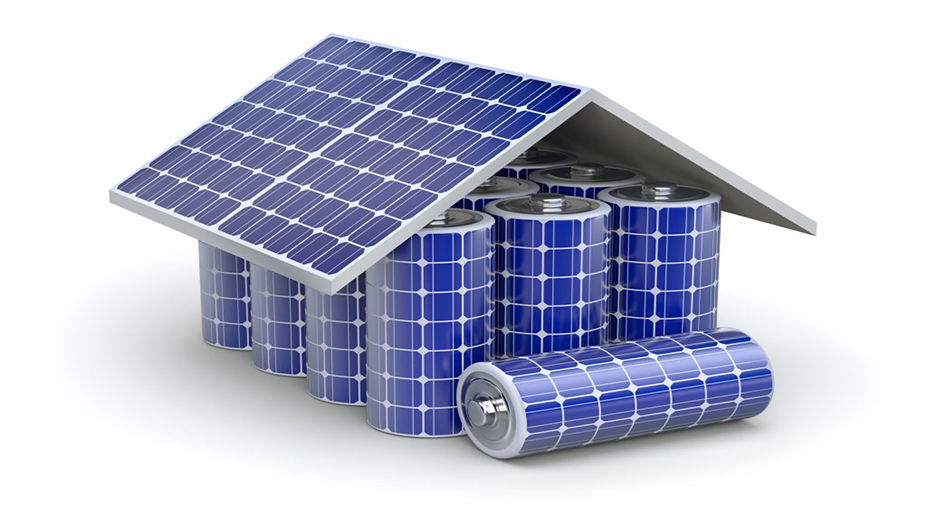Converting Solar Energy into Electricity

As people continue to consume energy, experts and engineers always try to invent new methods to supply electricity required by the world. Each of these methods designed in this field has a number of advantages and disadvantages. In the past few decades, the conversion of solar energy into electricity has emerged as one of the most important and popular topics in the field of energy and environment around the world. This innovative process, using advanced technologies, allows the conversion of solar radiation into electricity. It also has significant positive effects on reducing the use of polluting energy sources and the production of greenhouse gas emissions. In general, solar panels are one of the most modern solutions to supply electricity energy required by the public. This method, which has many advantages, is composed of solar cells.
What are Solar Panels or Solar PVs?
Let’s start our work by accurately investigating what a solar panel is. As stated, today, the supply of electricity energy required by houses using renewables is of high importance. Growing electricity consumption has led scientists to employ innovative methods to generate electricity. One of these popular methods is to launch solar panels. Solar panels are extraordinary tools that can be used to convert solar energy into electricity energy. They rather work simply. To manufacture these products, a semi-conducting material such as silicon is placed under a reflective piece of glass to store solar energy.
Advantages and Disadvantages of Using this Technology for Electricity Generation
There is no doubt that using solar panels for electricity generation has many advantages. By using solar panels in Iran’s domestic markets, you’ll no longer need to pay heavy prices for installing pylons and cabling. Solar panels incur reasonable costs and can supply your energy for up to three decades. You may pay a higher price for installing solar panels but the panels could yield better efficiency in the long run as they help you have free electricity bills. Solar panels have many advantages for the environment, also. They generate electricity by using solar energy and its heat; are adjustable and can be used at any climate; lack any environmental impacts and have a longer life.
- The growth of the solar cell industry
the production of solar cells reached the industrial stage and new technologies such as nanostructured cells and perovskite cells were developed.
- Improved efficiency
Over the years, the efficiency of solar cells has increased dramatically. Improvements in the design, construction and materials used have made the cells to convert solar radiation into electrical energy with higher efficiency.
- Cost reduction
The increase in production and exploitation of large scales and process innovations have helped to reduce the cost of production and installation of solar energy conversion equipment.
- Using solar energy in various fields
In addition to generating electricity, solar energy is used as an energy source for heating systems, solar cooling, and energy supply.
- Environment and sustainability
less emission of carbon dioxide and not relying on fossil fuels are important advantages of using solar energy as the main source of electricity production.

Solar Structure
Solar structures, which are also called solar panel structures, are a rigid carrier system that transfers all the forces applied to the solar panel to the ground. To obtain more efficiency for generating electrical energy, these structures should be placed in the same direction and angle to the sunlight. The design of these structures should be such that it remains stable and faultless against all incoming forces throughout its life.
Solar inventor
The main function of the solar inventor is to convert the direct current (DC) flowing from the solar panels into the alternating current (AC) used by your home devices. The output power can be converted to any required voltage. Inverters are divided into two main types, single phase and three phase. Apart from this main function, solar inverters have three other important functions:
- Voltage tracking
- Network connection
- Emergency shutdown


Solar Panel
The solar panel consists of a number of solar cells (in series and parallel circuits) that are assembled in aluminum frames and protective glass plates (Solar Grade). The solar cell’s function can be justified based on the theory of excitation of electrons. Sunlight shining on the solar panels excites the electrons in the solar cells. Electrons of solar cells receive energy (certain amount) and use it to climb to a higher orbital and return to the previous orbital due to instability in the higher orbital. This causes the transfer of electrons and the production of electrical energy.
It is for sure that using solar panels is the best method to convert clean energies. With the growing pace of technology and rising energy consumption by the public, people should always use more optimal methods to provide their own energy. Solar panels are so designed to generate electricity without harming the environment and only by receiving solar energy. Currently, there are many solar PV models in the market.
All these panel models follow a single purpose: converting sunlight into power energy. You can use this technology to charge your mobile battery, supply building electricity and conduct third-party projects. This technology has growing popularity for having many benefits for the environment.
A solar panel is more durable than other energy supply methods. Longer life allows this product to be easily used under various climates. Interestingly, 26% of the world electricity is powered by these solar panels. The volume of this energy is constantly rising and reaches 30 to 40% in the next few years.
Solar Battery
Solar battery (suitable battery for solar system) is the supply of solar energy produced by solar panels, which is accompanied by change despite the fact that the amount of sunlight is not constant throughout the day and night. In general, solar batteries are responsible for energy storage in this system. The produced energy is stored for when it is not possible to produce it or is at a lower level.
There are different types of solar batteries as it is mentioned below:
- Lead-acid or lead-acid batteries
- Solar lithium batteries
Batteries made of salt water



